The “Aurelian” Roman Spatha takes its design from a late 3rd century example found in Cologne, Germany. One of several varying forms of the Spatha in use during the tumultuous years of the 3rd Century Crisis, the longer blade of the Spatha over the earlier Gladius was better suited to an evolving Roman military that became increasingly focused and dependent on its cavalry. Likewise, the infantry needed a longer sword to match newer demands for tactical flexibility on the straining borders of the Empire, which was buckling from the threats from foes who, like the Romans, were increasingly mounted themselves or organized as swift-footed border raiding parties. Originally a cavalry commander himself, Emperor Aurelian and his legionaries with the Spatha in hand brought the Empire back from the very brink of collapse, bringing the breakaway Palmyrene and Gallic Empires back under Roman dominion and securing the viability of the Empire for the centuries to come.
This handcrafted reproduction has a tempered blade of 1065 high carbon steel which is paired and mounted into a hardwood hilt of hand carved and high quality ash wood which is lacquered and polished to a smooth semi-gloss sheen. Its guard plate is polished solid brass with care taken for a good matched fit between guard and guardplate. On a single side of the blade the thematically modified Fafnir Forge logo is hand-inscribed in Roman styled font. The sword has good distal taper between the base and tip of the blade to keep it from feeling excessively heavy and tip-weighted. Its balance encourages powerful, broad cutting strokes that impact with decisive power. Its tip is acute enough to make it a formidable thrusting sword as well, making this a fine sword for the Roman cavalry and infantry alike and well suited to the rapid response actions needed by the Roman garrisons among the Limes border defenses.
Care was taken to pair the sword with a high quality scabbard with a wood core for a full weapons package. The wood core of the scabbard is overlaid in stitched deep red leather and it is completed with mirror polished brass furniture and a brass scabbard slide secured with leather banding which allows the sword to be worn from a sword baldric as befits the Roman soldiery of the late 3rd century.


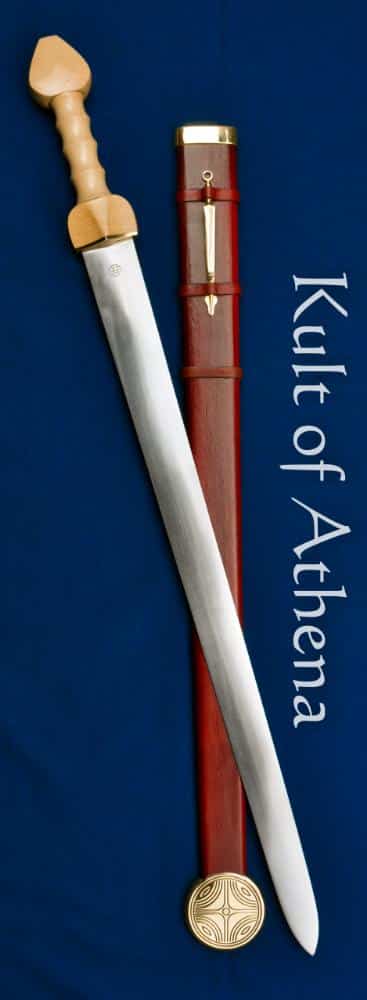
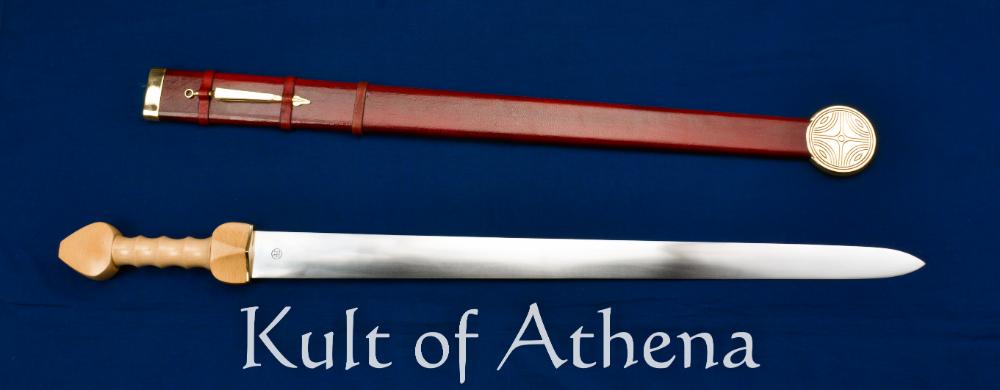
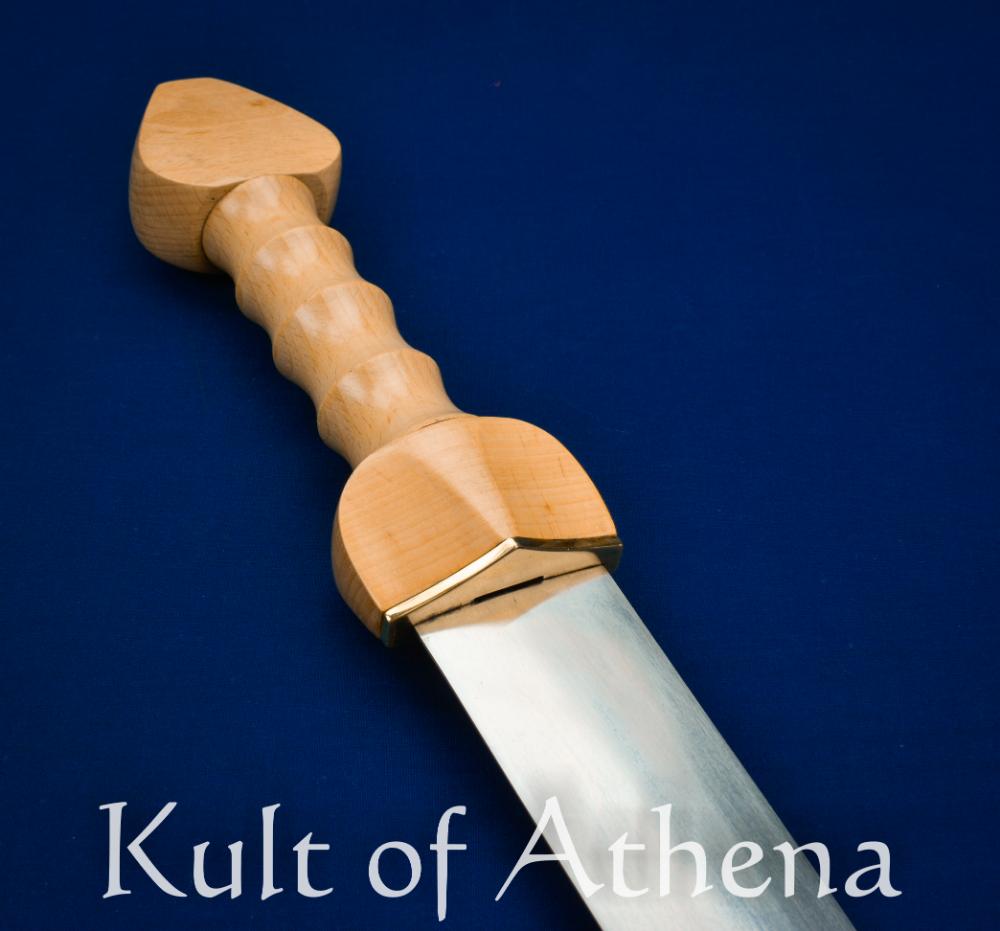
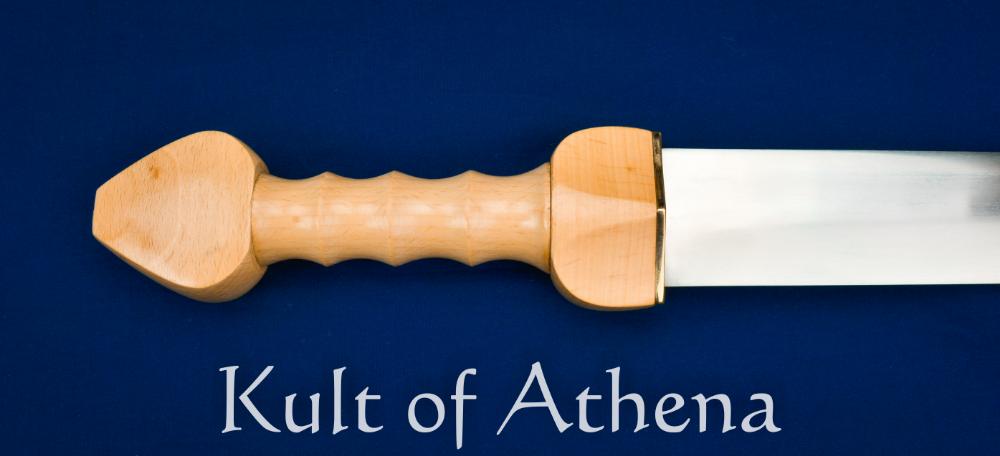
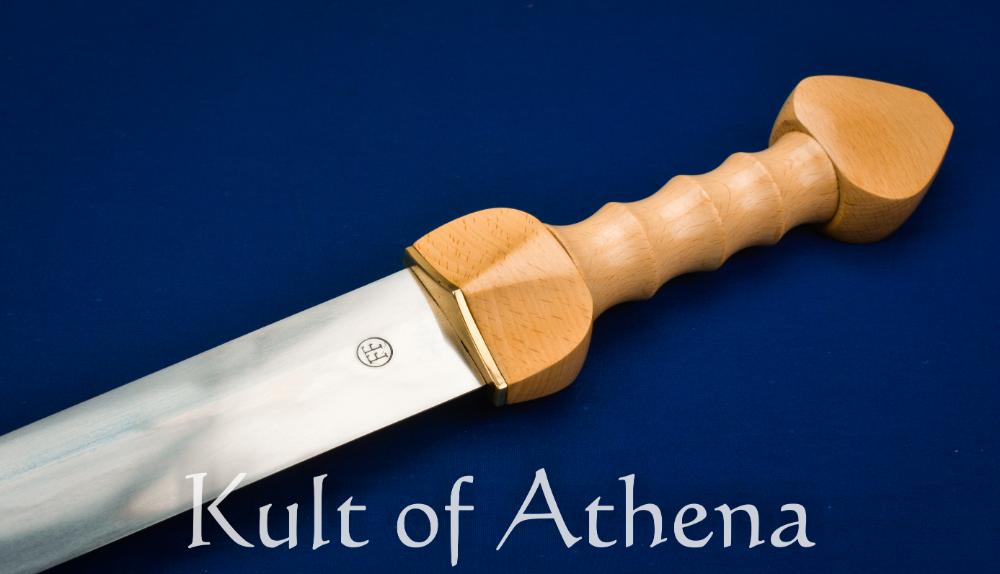

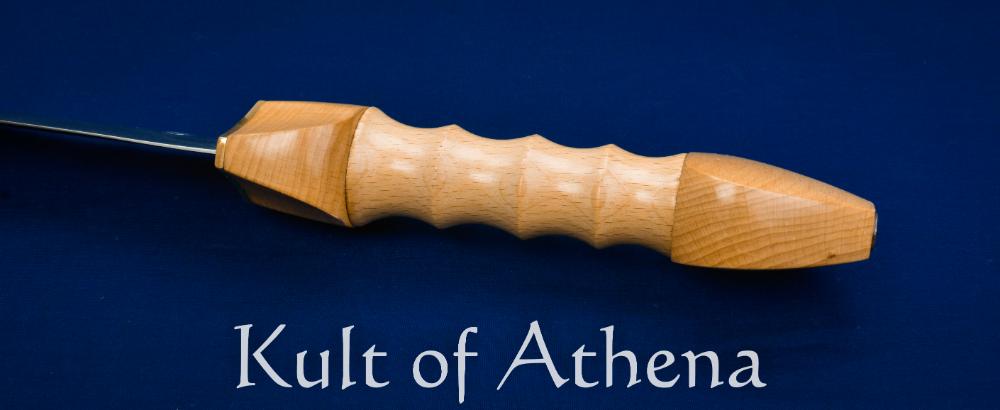
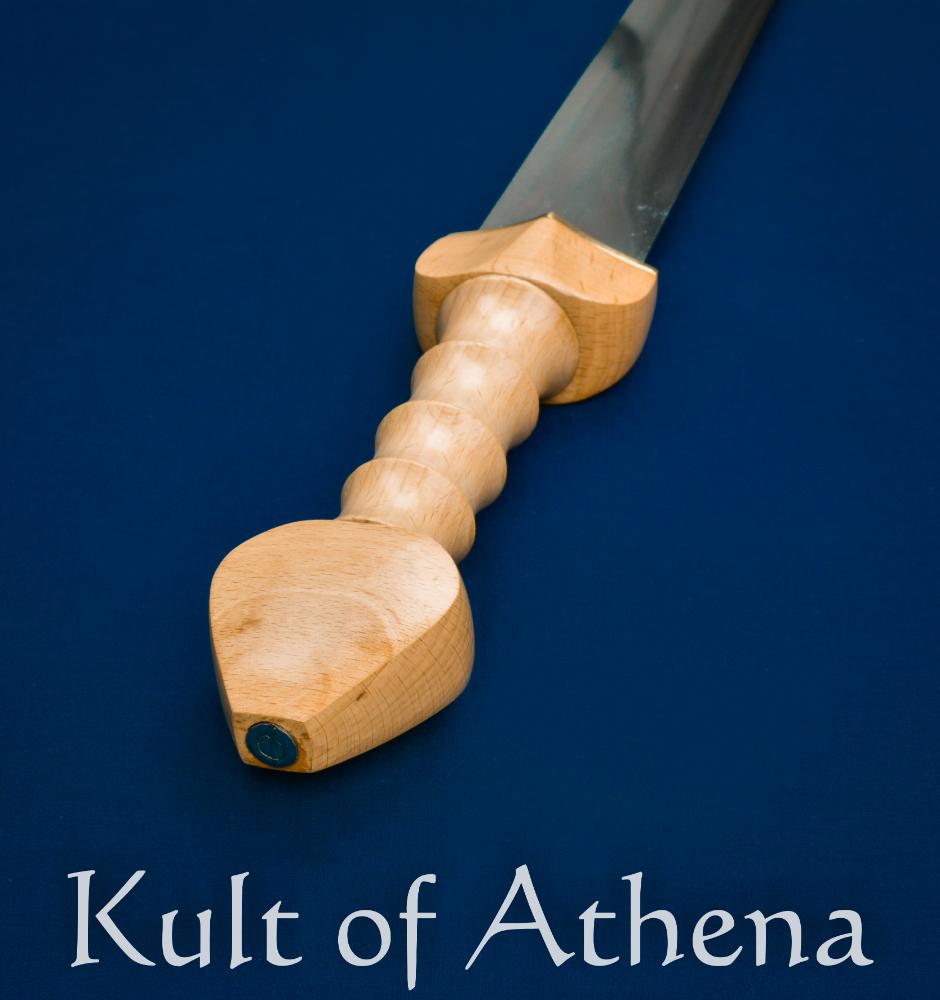
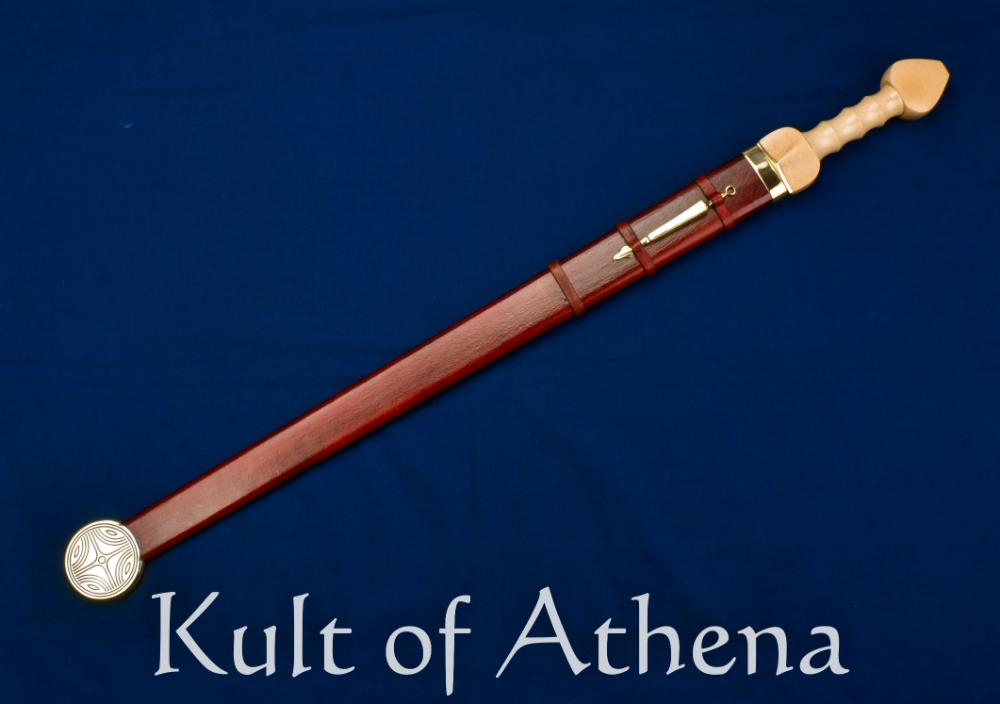
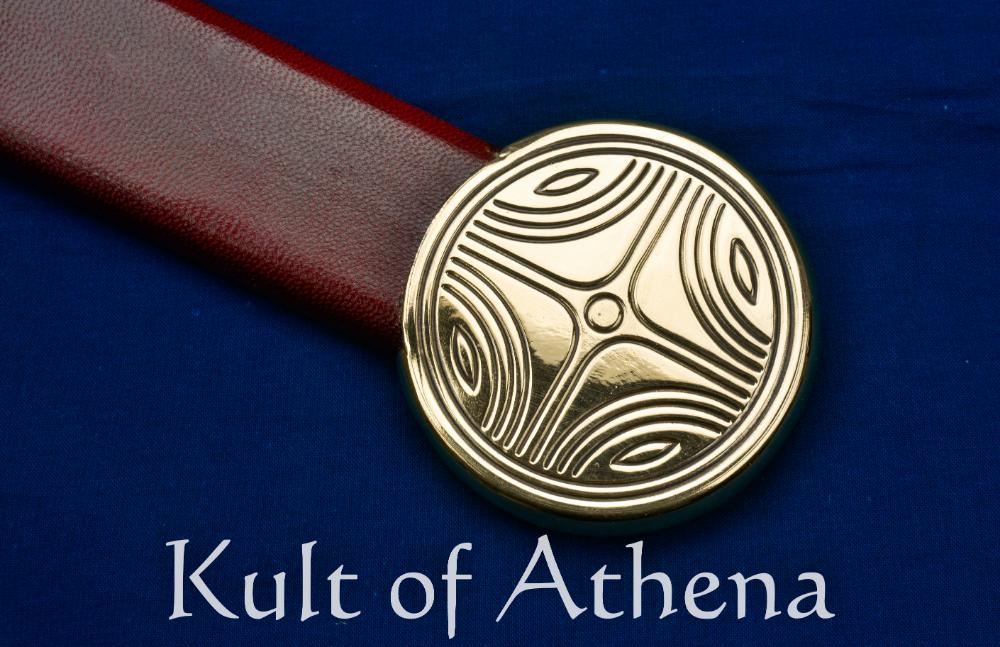
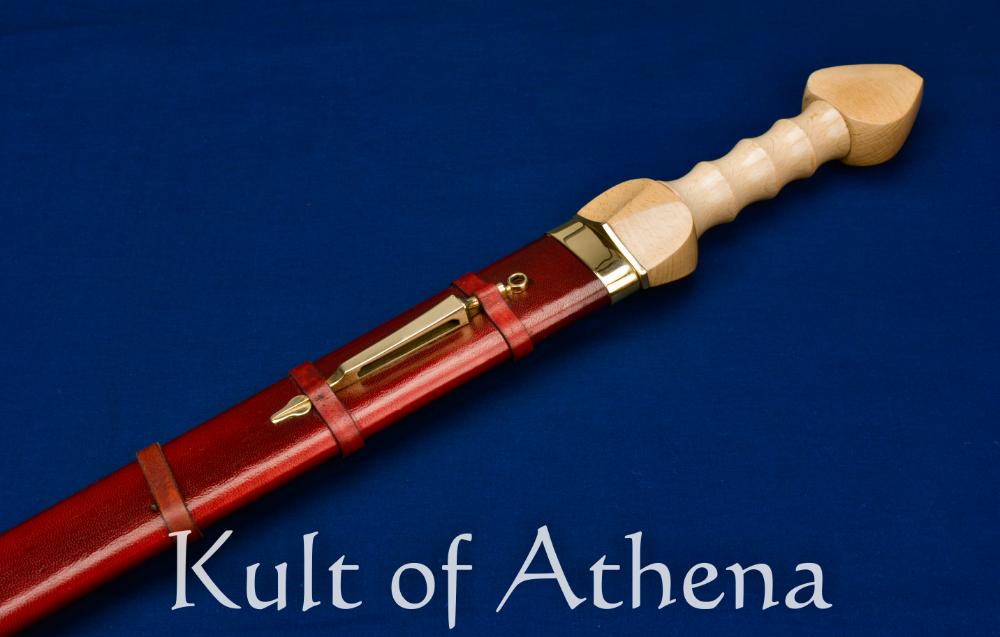
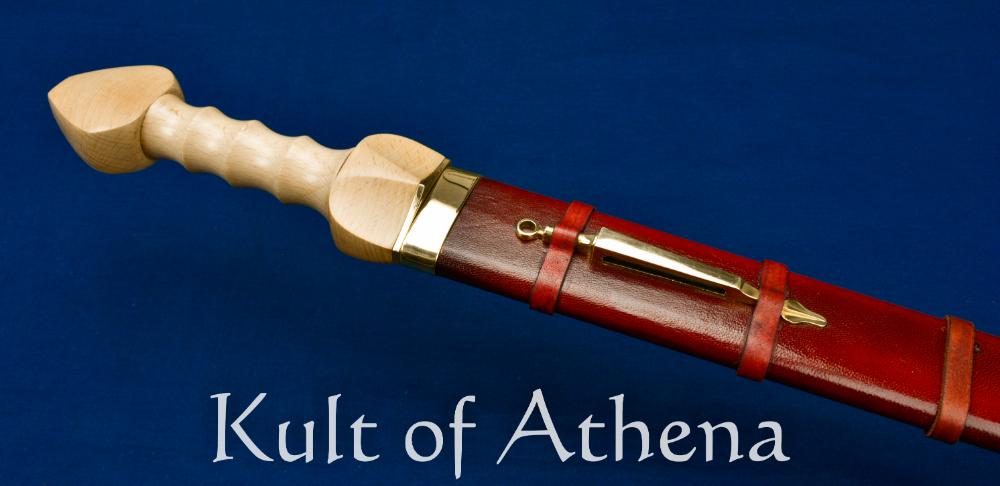
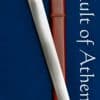
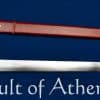
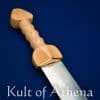
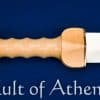
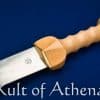
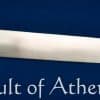

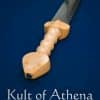
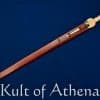
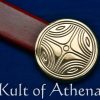


Reviews
There are no reviews yet.